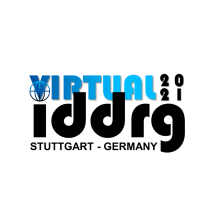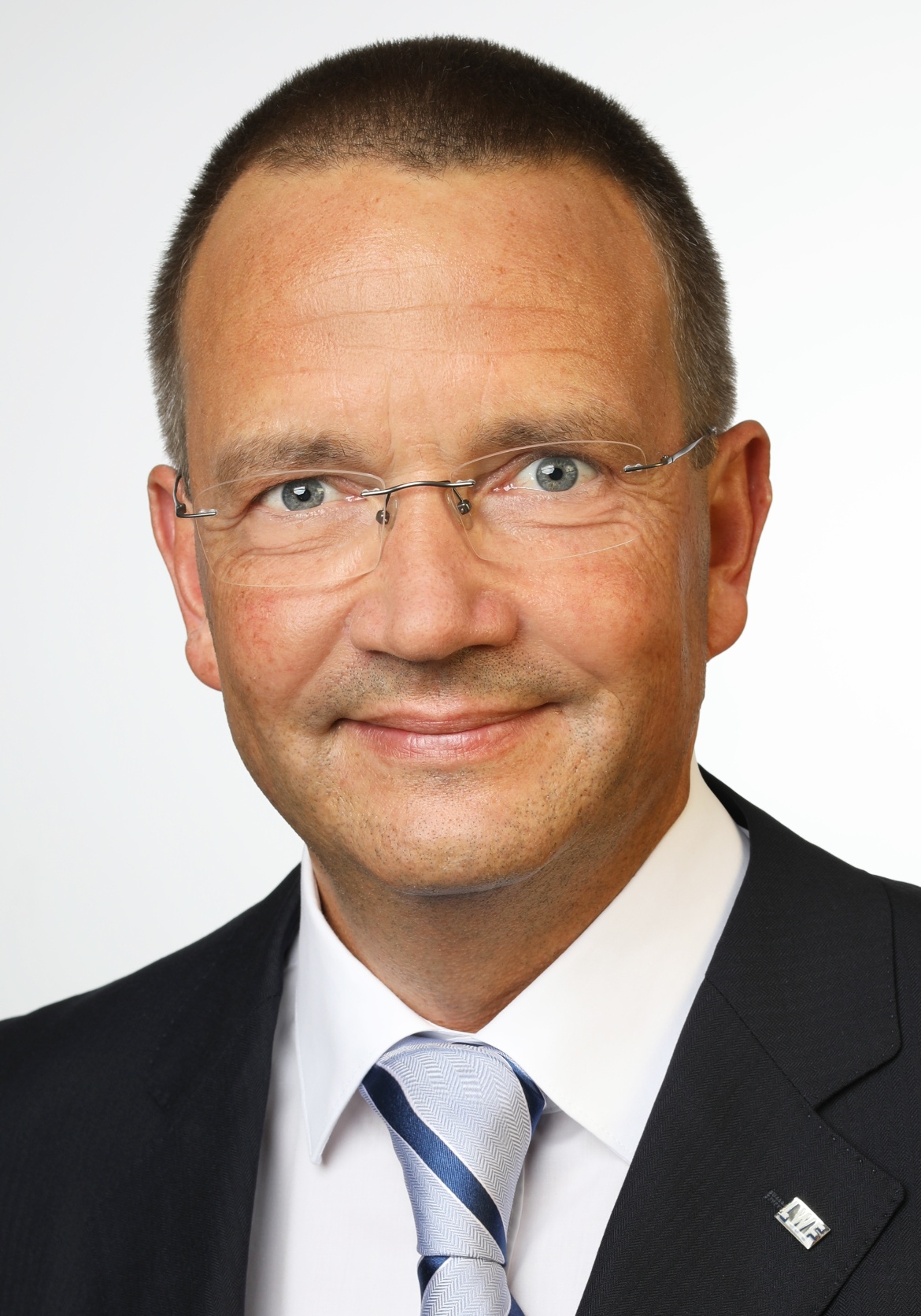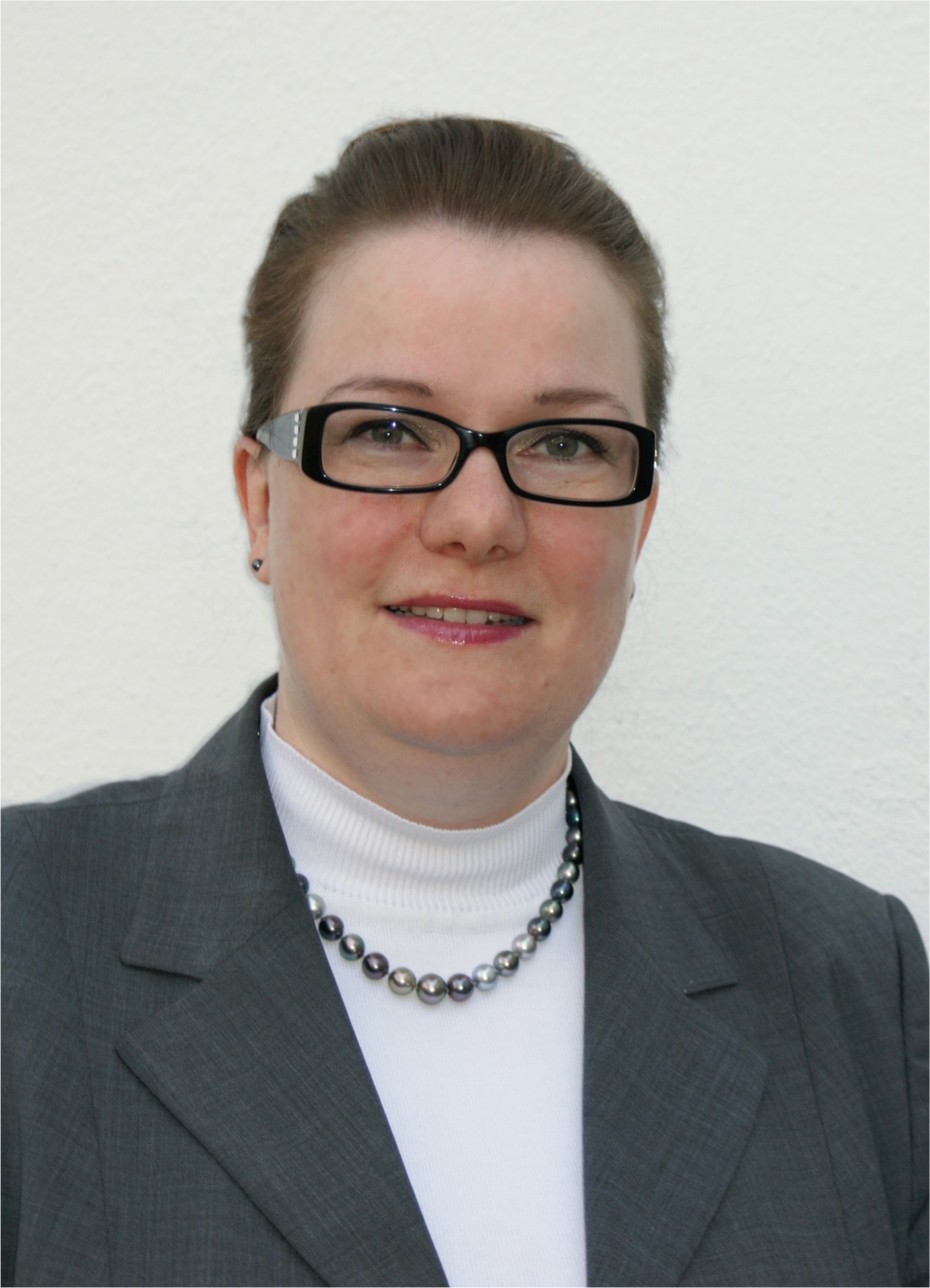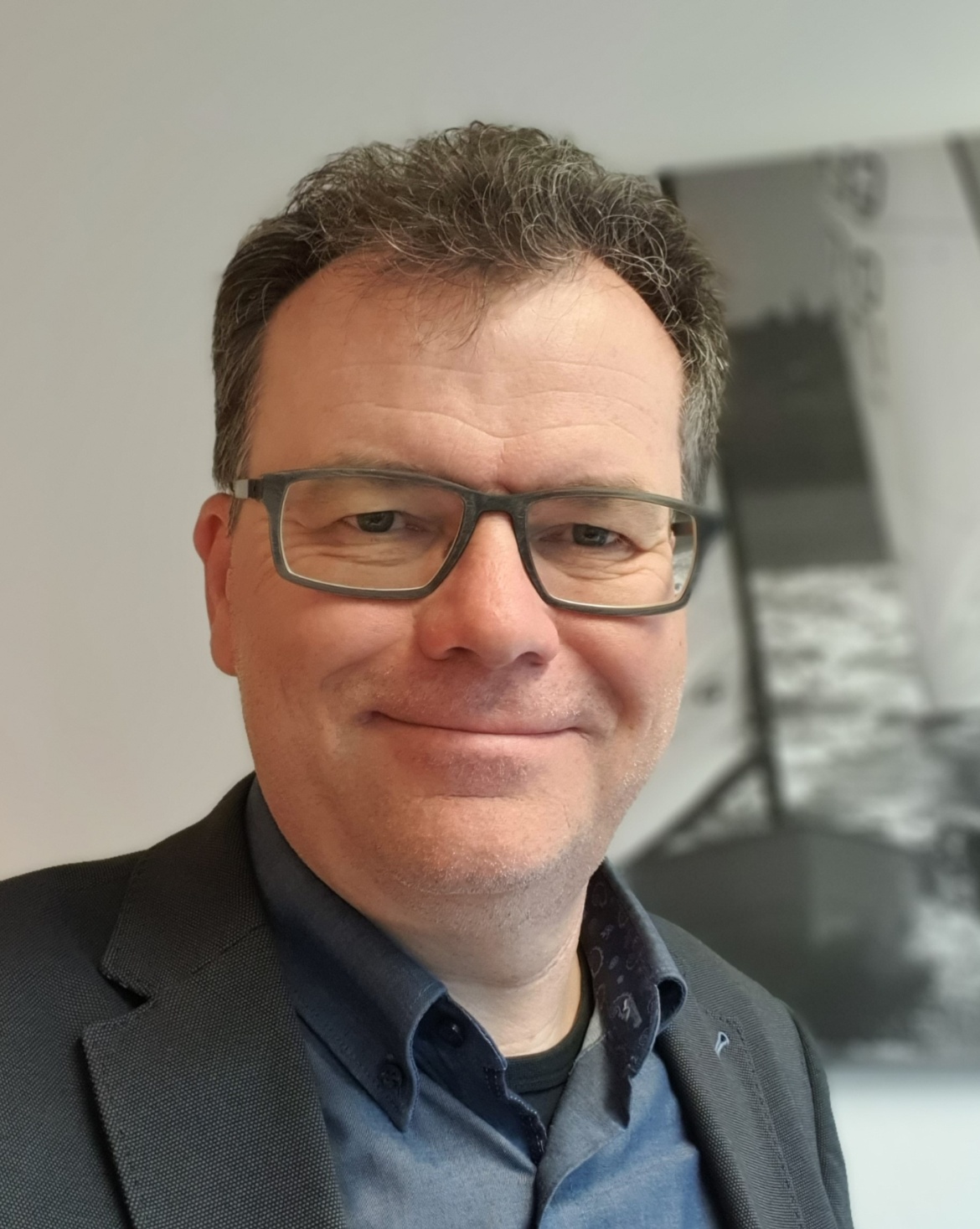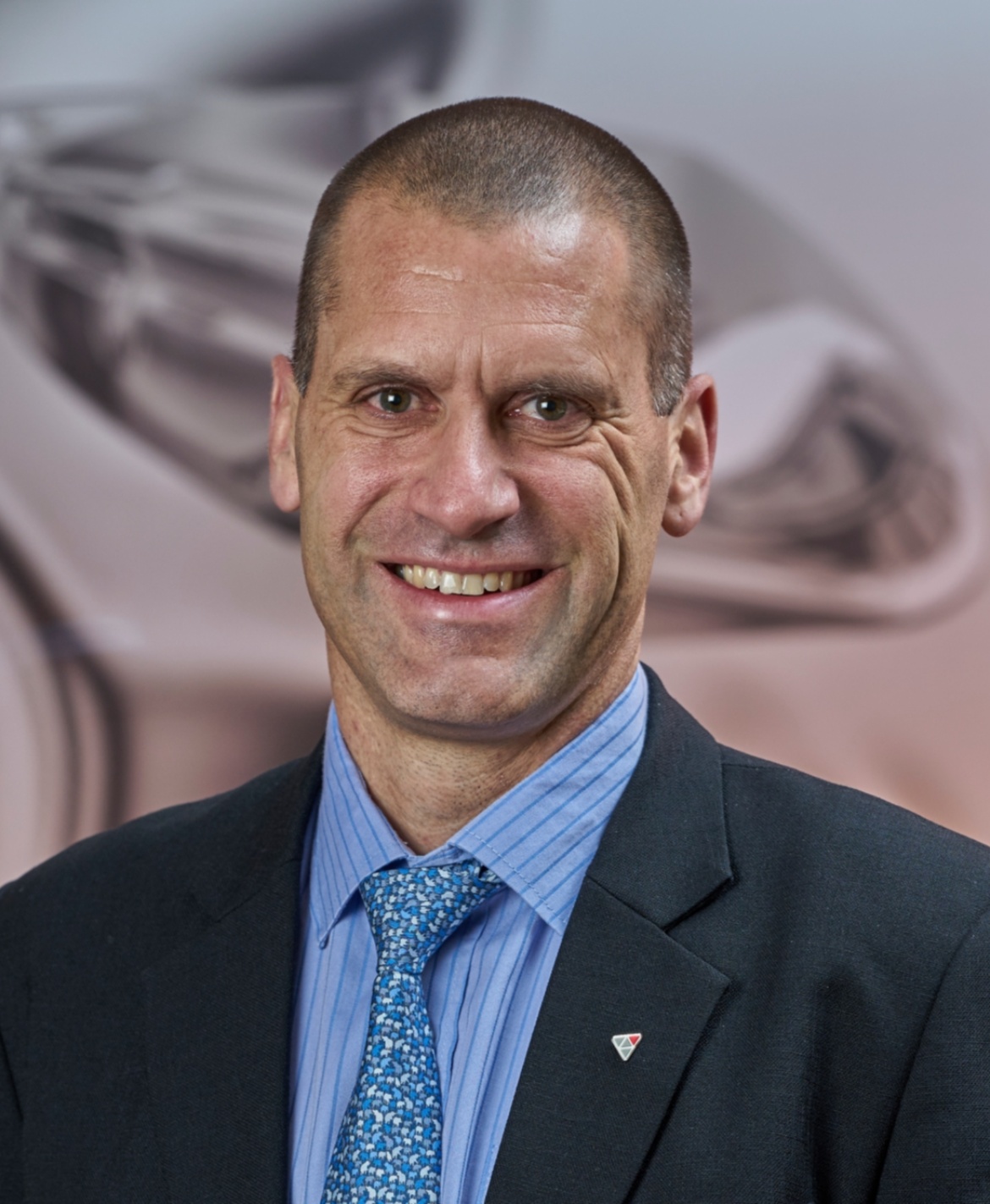The program book of the IDDRG 2021 - Virtual conference is available now!
Program
The 40th International Deep-Drawing Research Group Conference 2021 will be held from June 21st, 2021 to July 02nd, 2021 as a virtual event due to the ongoing COVID-19 pandemic. The program of the IDDRG 2021 - Virtual conference will cover 2 weeks full of interesting contributions from academia and industry, presentations, keynotes as well as fruitful live discussions.
During the whole scope of the conference it will be possible to attend presentations on various topics of sheet metal forming at any given time (on-demand). This way participants can join the conference at any time and from any location in the world.
In addition to the contributions available at any time, live sessions will be scheduled during the 2nd week of the conference from June 28th to July 2nd 2021. These live-session will feature keynotes of world renowned specialists from academia and industry as well as virtual panel discussions. The detailed agenda can be found in the program book.
"Challenges of mechanical joining technologies in versatile process chains"
Mini Symposium:
Flexible Processes in Mechanical Joining
In almost all areas of product manufacturing, e.g. in vehicle construction, mechanical engineering or medical technology complex functional modules are produced by assembling several individual components using numerous joints. In this regard, mechanical joining technologies have proven to be highly effective, as they offer the possibility of joining structures made of different materials and designs. In order to realize the continuously growing variety of products with different material-geometry combinations within one process chain, they need to be versatile.
Starting from the historical development in the automotive industry, especially regarding lightweight design, this contribution points out the growing challenges for the application of mechanical joining processes. In order to fulfil the increasing requirements, developments for selected mechanical joining methods are discussed. In addition, current methods in simulation are presented as a requirement for the prediction of mechanical joint properties. In order to be able to describe and predict versatile process chains with sufficient accuracy those methods have to be extended and improved.
"Hot forming of high-strength steel components - From scientific fundamentals to industrial applications"
Mini Symposium:
Press hardening, manufacturing issues
The growing customers’ demand for fuel-efficient vehicles as well as the governmental regulation to constantly decrease the amount of CO2 emission, have forced the automotive industry to seek for innovative technical solutions. Against this background, lightweight constructions of body-in-white parts has become a driving force to fulfil these ambitious goals. By substituting conventional steel grades with ultra-high-strength steel (UHSS), the overall weight and thus the energy consumption of the car can be decreased without affecting its crashworthiness. Since high-strength materials are characterized by large springback and limited formability, temperature-assisted forming operations are needed. In this context, hot stamping has been established as a key technology for lightweight construction, allowing the fabrication of geometrical complex body-in-white parts made out of UHSS sheets. However, the manufacturing of such steel components, which reveal an ultimate tensile strength up to 2000 MPa, requires a profound knowledge of the entire process chain. Against this background, this keynote presentation provides an overview of the state-of-the art, current investigations as well as future trends in the technological field of hot stamping. In particular, industrial-relevant topics of all process sequences, from the selection of the processed materials to the analysis of their tribological performance under hot stamping conditions, are described and presented. A special attention is also given to the production of hot stamped parts with tailored properties, since the demand of these components has constantly increased in recent years. For this purpose, various manufacturing strategies are described and compared with respect to their potentials, disadvantages and current research fields.
"The liaison of constitutive models with structural shell models: A fruitful but limited symbiosis"
Mini Symposium:
Enhanced simulation using thick shells and elastic tools
For many years sheet metal forming simulations have been an indispensable tool to develop forming processes and set the base to design the respective manufacturing tools, therefore ensuring cost effective production of advanced sheet metal parts. Weaknesses in the prediction quality of the simulation were often allotted towards inaccurate simplifications of the applied constitutive models with the side effect, that a large number of constitutive models with an ever-increasing number of features was developed during the past decades. Arguably there is nothing wrong with this, in contrary: With an ever-increasing accuracy of the constitutive models the inaccuracy or uncertainty of the other components of the simulation model, e.g. spatial discretization, contact formulations and friction models, became more visible.
The present talk will refresh our understanding of limits of classical shell formulations, namely the assumptions of straight fibers, zero stresses and the lack of loading possibility in thickness direction and their implication to constitutive models. Nowadays favored automobile design with extremely small and sharp radii showed clearly the limits of these classical shells: Higher order approximations of the strain behavior in lateral direction seems necessary to solve the problems of inaccurate stress prediction. In turn this leads to the additional effort for more complex constitutive models when moving away from 2D (with or without transverse shear stress components) towards full 3D models. Clearly this comes not only with higher efforts in characterization of the sheet material behavior also in lateral direction but other critical aspects, namely the increasing overall number of d.o.f. as well as much smaller time steps in explicit dynamic simulations.
This talk is intended to give an overview on the latest developments in this interesting field and introduces the respective contributions in this mini symposium.
"Springback and compensation in sheet metal forming reconsidered as an ill-posed problem"
Mini Symposium:
Springback simulation & compensation
Springback is a fundamental challenge in sheet metal forming and a critical issue with respect to part quality and dimensional accuracy. To overcome the problem, different strategies for springback compensation have emerged in recent years. In this paper, we give a review on fundamental strategies of compensation for deviations in sheet metal forming and embed them, for the first time, in a general description framework rooted in the solution of ill-posed problems. On this basis, we conclude by briefly comparing different approaches and elaborate on future challenges and chances that naturally arise from the presented problem formulation.
Lecture: "An overview on forming limit curves"
Mini Symposium:
Damage, forming limits and sheared edge formability
A brief history of the evolution of the Forming Limit Curves concept is presented. New concepts related to the manner of defining the Forming Limit Curves introduced during the last decade are reviewed: the Generalized Forming Limit (GLFC), Stress-Based Forming Limit Curve (σFLC), Extended Stress-Based Forming Limit Curve (XSFLC) and the Forming Limit Bands.
The lecture presents synthetically the new experimental methods proposed for determination of the Forming Limit Curves.
A review of the recent developments in the last decade of Marciniak model is also presented. Implementation of the new constitutive and polycrystalline models, enhancing the existing models to take into account new material, process parameters and strain-paths are briefly reviewed.
"Advanced Sheet Forming and Yield Surface Simulations under Consideration of Microstructure, Texture and Damage using DAMASK"
Mini Symposium:
Digital techniques in material characterization / Material models, full and small scale testing
The lecture presents a unified multi-physics chemo-mechanical crystal plasticity theory and modeling package and applications to engineering alloys subjected to thermal, chemical and mechanical loads. The solution of continuum mechanical boundary value problems requires constitutive laws that are based on material physics (considering effects such as microstructure, texture, chemistry, hydrogen attack and damage) and that connect deformation and stress at each material point. This task has been implemented in the free software package DAMASK on the basis of the crystal plasticity method using a variety of constitutive laws and homogenization approaches. It is shown that a purely mechanics-based approach is no longer sufficient to study current advanced metallic materials. In these materials the elasto-plastic deformation via shear carriers such as dislocations, TRIP and TWIP effects is strongly coupled to phase transformation, dissipative sample heating, and damage evolution. Therefore, our theory has recently been extended to treat such chemo-mechanical multi-physics and multi-field phenomena.
"Experimental and numerical challenges towards machine-learning plasticity models"
Mini Symposium:
Digital techniques in material characterization / Material models, full and small scale testing
Deep learning provides an opportunity to come up with a universal material model for finite element analysis. A first key challenges is the mathematical formulation of neural networks that are suitable for constitutive modeling. Among existing machine learning frameworks, recurrent neural networks provide a promising entry point for the development of plasticity models. The first part of this keynote provides insight into the performance of standard recurrent neural network formulations such as GRUs and LSTMs. Furthermore, Minimal State Cells (MSCs) are presented which have been specifically developed to satisfy the needs of plasticity models. It is shown that MSCs are capable to identify the number of internal state variables that are required to model both anisotropic aluminum and steel. Given that “big” experimental data is the ultimate key to success for machine-learning based models, the second part of this talk presents the recent progress on the development of robot-assisted mechanical testing techniques for sheet metal. This includes automated experiments for characterizing plasticity, fracture and forming limits.
"Benefits of smart sensors and actuators in sheet metal forming"
Mini Symposium:
Digitalization in tooling and intelligent tools
Nowadays, two key facts are driving the use of smart sensors and actuators in sheet metal forming. On the one hand, increasing tolerance standards require the control of all uncertainties and influences in order to ensure robust manufacturing within narrow process limits. Especially, a volatile supply chain caused by varying semi-finished product, lubricant or tool properties intensifies this effect in modern sheet metal forming processes. On the other hand, technological improvements provide better possibilities for digitalized process optimization, both in terms of hardware and software.
To exploit the benefits of sensors and actuators in sheet metal forming processes, considering the physical process conditions is essential. The quality of sensory monitoring and actuator control depends especially on knowing the crucial process variables and their interactions in order to identify suitable measurement and control variables. A framework of smart sensors and actuators from the operating principle through mechanical integration and digital connection to their behavior within the whole system will show the potential of digitalized sheet metal forming on the basis of current applications and trends. Furthermore, success-critical factors of sensor and actuator deployment are shown by comparing different possibilities for sensor selection, sensor positioning, data processing and data analysis on the basis of deep-drawing, stamping and bending processes.
"The use of big data and advanced analytics in sheet metal production and forming"
Mini Symposium:
Smart production technologies & machine learning
For both the automotive, packaging as the engineering sector, new steel grades are being developed to cope with the ever-increasing demands of these markets. Most of these steel grades are metallic coated and especially in the packaging market polymer coated steels become more and more popular. All these new materials have their own challenges and opportunities with regards to their forming properties. Therefore, new forming technologies are being developed as well as more advanced computer models. These models cover both the tribological as the plasticity behaviour of these materials.
In the production of these steel grades a lot of data is gathered in the steel plant. Advanced analytics is used to improve the properties of the steel grades and to solve specific issues. In the presentation case studies of this will begiven.
Furthermore big data analyses is used more and more in improving the constitutive models as used in the FEM calculations. Using this data analyses, we are able to accurately calculate the Yield surface and FLC just based on simple tensile tests. The use of the Vegter Yield Surface and the Abspoel-Scholting FLC model will be explained.
Linking the extensive coil data obtained by on-line measurements in the steel plant to the press shop will enable the optimisation of the press setting and reduce the scrap rates.
"Challenges and application fields in the digital process control of sheet metal forming processes"
Mini Symposium:
Robust Process Design & Adaptive Control
In complex deep-drawing processes, before start of production the tools run through a tryout process, where the tool geometry, the blank size, the lubrication and the blank holder forces are fine-tuned. The result of the tryout must be a "robustly designed process”, which produces defect-free parts only by varying the freely adjustable process parameters.
Today's forming simulation tools are widely used to setup the initial tool geometry. However, it is hardly the case that they are also used for fine tuning of the tool geometry and also rarely for the parameter adaption, if an in-line process control is applied.
After a short discussion on the state of the art of virtual simulation, options but also limitations of the use of virtual meta-models in the context of a "digitally accompanied tryout" will be discused.
The second part of the presentation is dedicated to the concept of an in-line process control. Up to now, both "part-to-part" control systems and systems that correct the process already during the respective stroke have been developed. These systems require sensors and possibly also additional actuators which are tool-specific. Since this additional mechatronic equipment significantly increases the tool costs, the needed number of sensors, their position in the tool and also the mode of operation must be optimally selected. The advanced numerical methods used for this specific layout purpose will be briefly discussed in the lecture.
The disadvantage of the mentioned systems with tool-integrated sensors and actuators is the increase of complexity and so an increase of the maintenance effort and of the costs. As an alternative a new concept with an innovative monitoring systems will be briefly presented in the talk.
"Seamless Digitalization of BIW and Stamping Processes"
Mini Symposium:
Prediction & Control of Product and Assembly Properties
An efficient automotive product development cycle requires data inputs from various stakeholders in the value chain to effectively manage the end-to-end process. In this talk we will explore how, ‘Seamless digitalization of BIW and stamping processes’ can lead to improved efficiency in car body development and manufacturing, thereby reducing development time and costs. We will look at implementation of a physics driven digital process model concept to seamlessly connect the entire value chain from part design to part production and BIW Assembly. We will also discuss, with examples, how this approach leads to reduced development time and costs.
Contact
IDDRG 2021 Organizing Committee
- +49 711 685 83821
- Write e-mail
- Administration of the IDDRG 2021


